Outside the box
MANILA, Philippines - Nothing is ever original anymore,” today’s moviegoer laments. We live in a time when every other high-profile film seems to be an unnecessary reboot, a tangential spin-off, or a set-up for a set-up for a cinematic universe. But once a year, the Cinema One Originals festival, now in its 12th edition, comes around to prove us wrong; there’s lots of originality just waiting to be seen.
The festival has built up a reputation for being the closest thing we have to an experimental film festival in the country. This is because the festival has proven its willingness to accommodate filmmakers who really want to push the boundaries of their craft. Here are just a few Cinema One entries that use unconventional techniques to show us things we’ve never seen before.

Bukas Na Lang Sapagkat Gabi Na
(Jet Leyco, 2013)
Lots of independent films go for unique visual styles. They play around with color, black-and-white, saturation, lighting, etc. to make us see the world in different ways. But Jet Leyco’s Best Film winner goes a step further from unique to unhinged by distorting visuals as you watch them — switching different colors on and off, drawing lines and shapes over characters while they’re talking, and a load of other strange choices. It’s hard to say what everything means, but for a film as bizarre and unsettling as this, the visuals only enhance the experience.
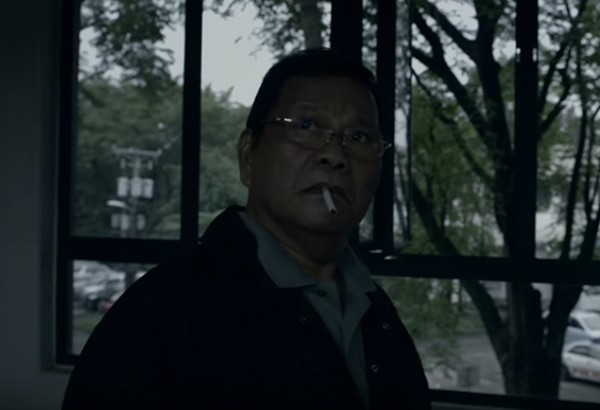
Violator
(Dodo Dayao, 2014)
Another Best Film winner, Dodo Dayao’s horror film starts out by showing the audience a series of unconnected vignettes for what feels like an hour. There’s no story to follow here — just a bunch of creepy images and sounds that put you on edge for what happens next. The second half of the movie involves a group of police officers stranded at a precinct with a possessed prisoner. At this point, Violator fools you into thinking that this’ll be just another short segment. So when the horror at this precinct goes on and on until the end credits roll, it feels like you’ve spent an eternity in hell — and that’s a good thing.

Manang Biring
(Carl Joseph Papa, 2015)
Rotoscoping is nothing new in the global film industry, but you almost never see it used in Filipino movies. It’s an animation technique that involves drawing over footage frame-by-frame to produce surreal and eerily lifelike moving pictures. Manang Biring understands that this technique isn’t just for empty style. Carl Joseph Papa uses it to bring us into the world and mindset of his titular character, who finds herself struggling with terminal illness. It’s great to look at, but also manages to capture a pain and longing that would otherwise be impossible to communicate.
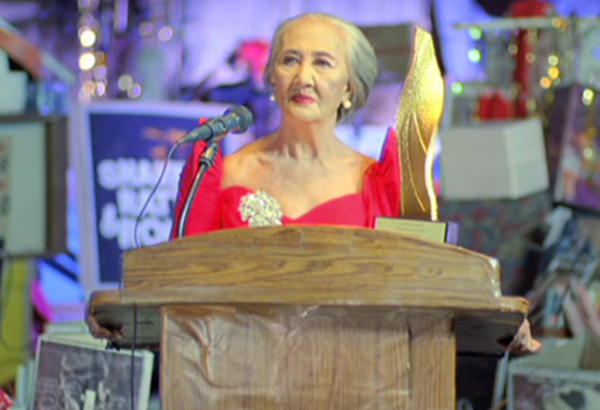
Six Degrees of Separation from Lilia Cuntapay
(Antoinette Jadaone, 2011)
Before Antoinette Jadaone hit the jackpot and changed local romantic comedies forever with That Thing Called Tadhana, she released a little mock-documentary about one of Filipino cinema’s unsung heroes: horror movie extra Lilia Cuntapay. Again, mock documentaries aren’t novel, but Jadaone didn’t just use the form as a way to earn laughs. She managed to solidify Cuntapay’s status as a lowkey legend, while telling a universal story about reaching for one’s dreams late in life. Lilia Cuntapay may be gone now, but her life — both the real and fictional parts of it — lives on in our hearts forever.
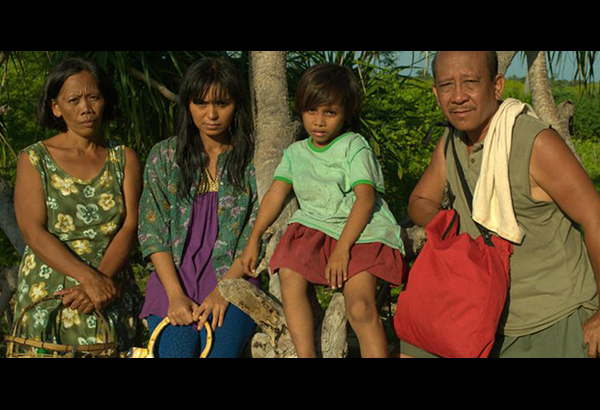
Ang Damgo ni Eleuteria
(Remton Siega Zuasola, 2010)
Using a long take is an easy way to impress an audience. On the other hand, filming an entire movie in such a way so that it seems like it was done in one unbroken shot might just win you an Oscar — Birdman pulled it off, after all. But even before Alejandro Gonzalez Iñarritu won his golden statue, Remton Zuasola did the real thing. Ang Damgo ni Eleuteria was, in fact, filmed in one continuous 90-minute shot — and not just for show either. The technique puts us in the shoes of our heroine, who is about to be sent off to Germany to become a mail-order bride. And no cuts in the action means no space to breathe. There’s no stopping her fate.
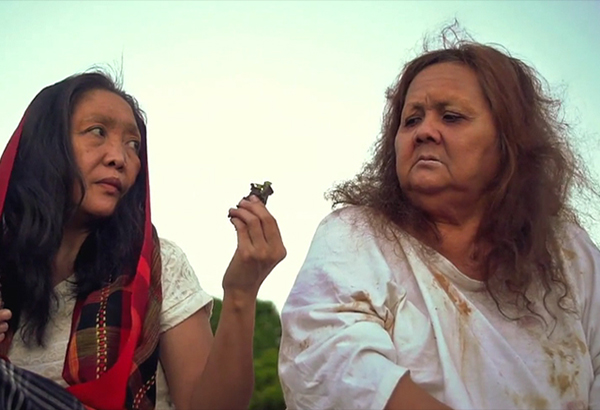
Si Magdalola at Ang mga Gago
(Jules Katanyag, 2016)
Jules Katanyag’s film (one of the seven narrative features in competition this year) is actually two movies in one. The first part, entitled Si Magdalola, is a coming-of-age crime drama with magic realism and elements of Filipino folk mythology. The second part, Ang mga Gago, is pretty much Quentin Tarantino’s Kill Bill. Genre-bending and splicing happens so often nowadays that it’s tough to see it as innovative. But Si Magdalola at Ang mga Gago uses all the best parts of its borrowed genres, and turns the insanity up to 11.
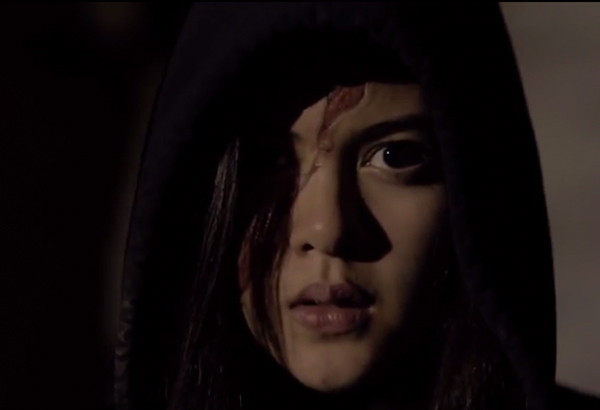
Lily (Keith Deligero, 2016)
The first thing you might notice while watching Lily is how it totally defies any conventional ideas about film editing. Instead of telling a linear, coherent story, Keith Deligero tells multiple stories out of order — often interrupting his own characters mid-sentence. It’s not the easiest watch, but it requires the audience to piece things together and think for themselves — which should really be common practice for all films at this point.
* * *
The 2016 Cinema One Originals film festival runs until Nov. 22 at Gateway, Glorietta, Greenhills, TriNoma, and Cinematheque Centre Manila.















